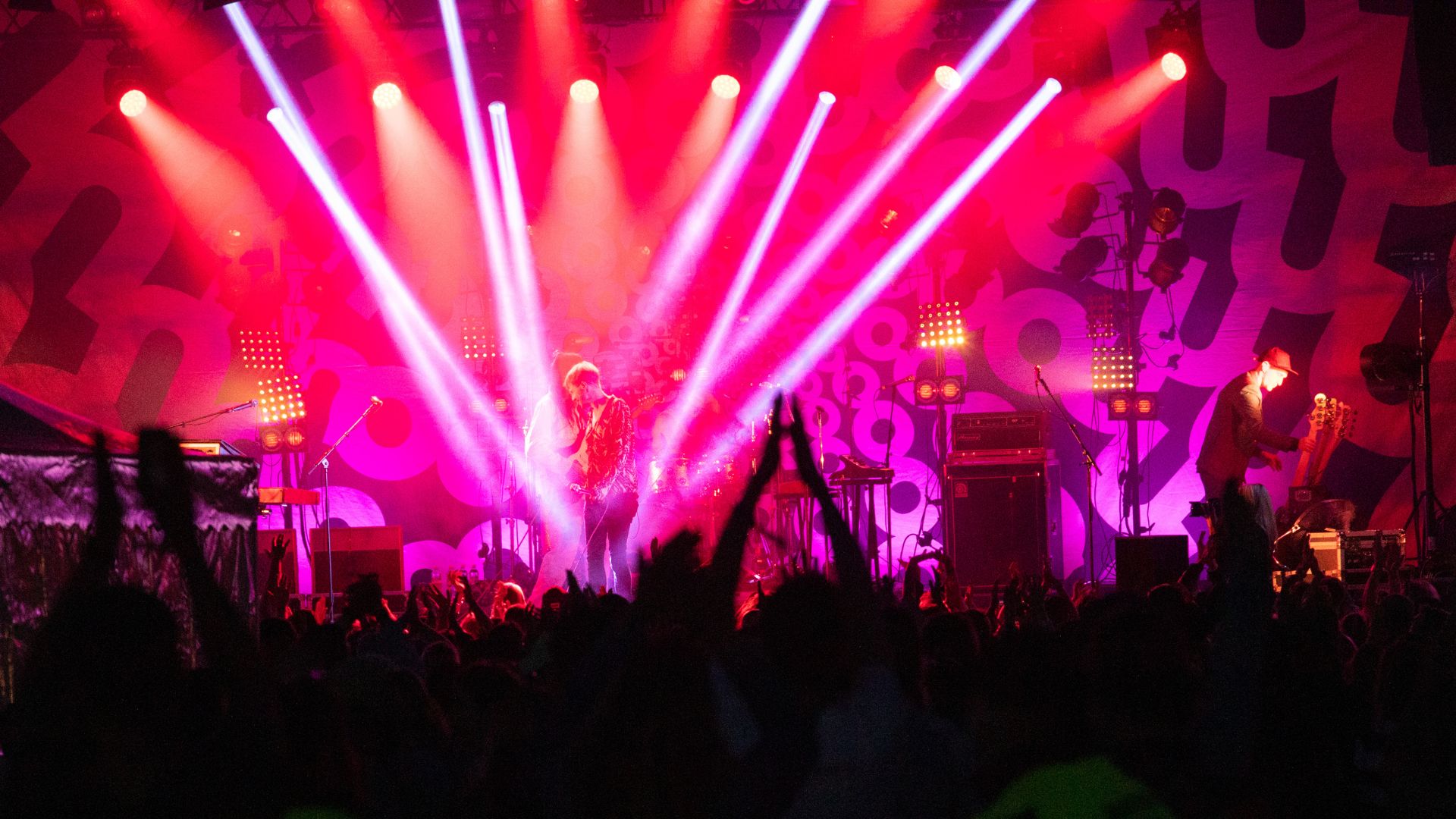Energy

All areas of event production require energy. Lighting, sound projection, computers, cold stores and other machinery and equipment both in presentation technology and in restaurant and other services. The carbon footprint caused by energy can be reduced by utilizing areas, parks and other places specifically designed for event activities where the electricity need in events is usually taken into consideration.
If grid electricity is insufficient or does not reach the event area, the energy source must be replaced with aggregates. In this case, it is recommendable to use aggregates that run on plant-based biofuels – and preferably those whose cultivation does not destroy forests or cause harm to indigenous peoples. It is the most responsible to use oil produced from industrial waste or residues.
When an event is organized indoors, the event organizer gets seldom to decide what electricity is used in the event space. It is always still possible to prioritize venues that utilize green electricity. Electricity with an EKOenergy label is renewable and fills the sustainability criteria. Read more on the international EKOenergy website, where you can also find instructions on tendering green electricity for companies.
Do this
Beginners
Choose renewable grid electricity or a low-emission alternative.
Plan your energy need in advance. Ask for an estimate of electricity consumption in the event from event technology suppliers and other subcontractors
Use energy-efficient equipment and favour machinery with an energy-saving A energy rating.
Advanced
Monitor energy consumption: map out the electrical appliances in use and regularly measure consumption.
Do not measure purely for the sake of measuring but ensure that the results are utilized for the benefit of saving energy. If production capacity is too large or inefficient, reduce production and save energy.
If you have to use aggregates, ensure that they are measured according to actual power consumption.
Next Level
If you have to use aggregates due to insufficient power grids, suggest developing the local electricity network for the benefit of eventfulness to your local energy company or the city.
Avoid unnecessary electricity consumption: reduce lighting, pause air conditioning and turn heating down by one degree.
Involve event audience in energy production.
At the Frozen People winter event in Oulu, a hybrid power station was tested, in which, in addition to solar and wind power, electricity was produced by muscle power, as the event audience pedalled electricity to a generator on old exercise bikes.


